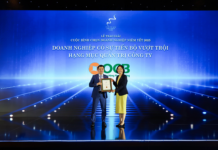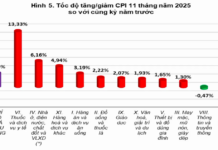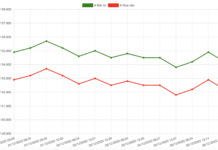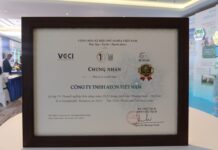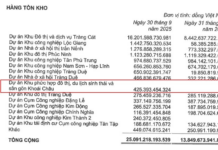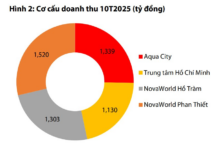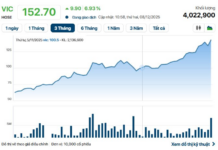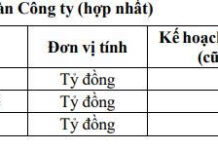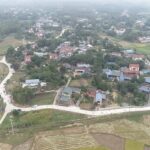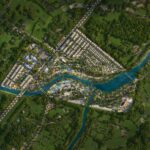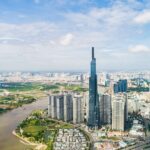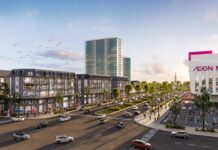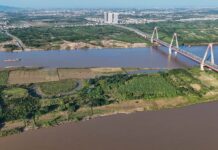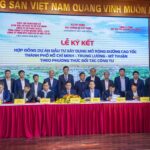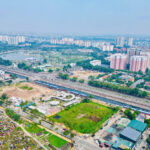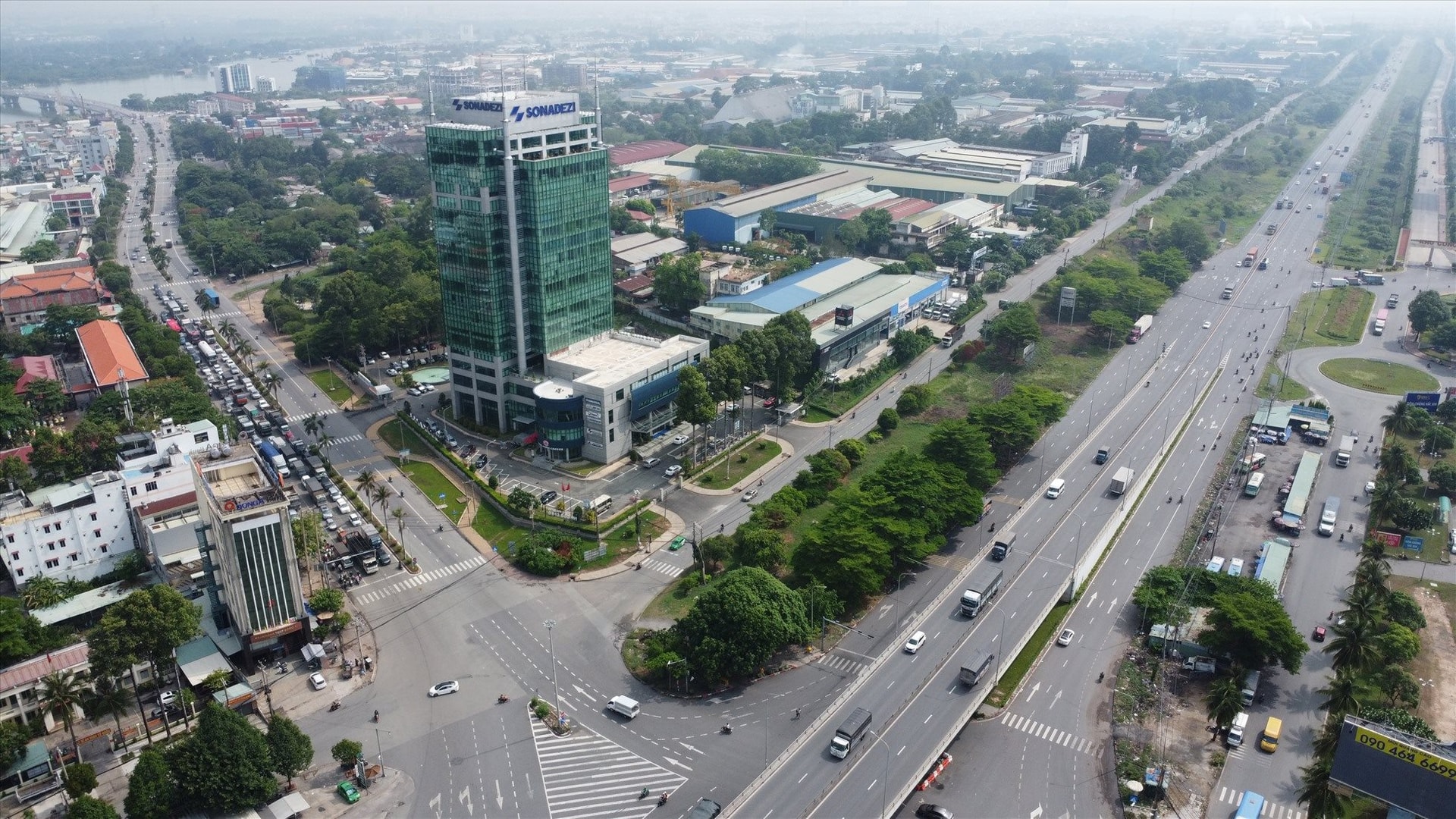
The newly merged Dong Nai province is envisioned to become a leading economic, industrial, and logistics services hub in Vietnam, with long-term prospects and a powerful breakthrough in the new era.
According to Mr. Vo Tan Duc, Vice Secretary of the Provincial Party Committee and Chairman of the Provincial People’s Committee, the new Dong Nai has a population of over 4.4 million people and an area of more than 12,737 square kilometers, with its economy ranking fourth in the country.
Strategically located, Dong Nai serves as the center of the key economic region of the South, a gateway connecting regions, and the largest industrial “capital” in Vietnam. With its advantageous position, Dong Nai will become a crucial economic corridor, boasting a diverse and multimodal transportation network, including air, road, rail, and water transport. The Long Thanh International Airport will serve as Vietnam’s international aviation gateway, while the Phuoc An Port will be a significant national maritime center.
The new province will emerge as a prominent goods production, services, and logistics center in the country. Post-merger, Dong Nai becomes home to Vietnam’s largest livestock farming industry.
“I believe that the new Dong Nai province, post-merger, will rise to become one of the leading economic, industrial, and logistics services centers in Vietnam,” affirmed the provincial leader in an interview.
Following the administrative reorganization, the scale of land funds and the industrial park system are expected to expand significantly. According to Dong Nai Newspaper, the new province will encompass 52 industrial parks, offering vast potential to embrace the new wave of manufacturing.
In terms of location advantages, Dong Nai is centrally located in the Southeast region, neighboring Ho Chi Minh City and connected to the Cai Mep – Thi Vai port cluster in Ba Ria – Vung Tau province, with the under-construction Long Thanh International Airport in its vicinity. Several expressways and beltways, such as Bien Hoa – Vung Tau, Ben Luc – Long Thanh, Dau Giay – Phan Thiet, and Ho Chi Minh City’s Belt Road 3, are being expedited to establish a multi-directional transportation network for the region’s industrial logistics.
Dong Nai has long been known for its robust industrial foundation. According to updated statistics, before the merger, there were over 30 operational industrial parks in the province, spanning an area between 12,800 and 18,500 hectares, depending on planning and expansion milestones, with high occupancy rates. As of early June 2025, the industrial parks and economic zones had attracted more than $1.218 billion in FDI (including new and additional capital), surpassing the 2025 FDI plan for the industrial park bloc by 152%. These figures place Dong Nai among the leading provinces in FDI attraction in the first half of the year.
Specifically, in the first six months of 2025, Dong Nai, according to Dong Nai Newspaper, attracted approximately $1.2 billion in registered FDI, marking a 48% increase compared to the same period in 2024.
The “other half” of the new province, formerly known as Binh Phuoc, offers a competitive advantage with its vast land area designated for industrial development, featuring approximately 18 industrial parks in the planning stage and several operational industrial parks.
The Billion-Dollar Urban Development: A Bold Venture Along the Scenic Song Cong – Nui Coc Route, Neighboring Hanoi’s Belt Road
The collaboration between Hano-Vid Real Estate JSC and AAC Vietnam JSC has resulted in an exciting new real estate venture: the Urban Area No.1B project in the thriving province of Thai Nguyen.
“Experts: Progressive Policies are Only as Good as Their Implementation”
“Vietnam has long been lauded for its progressive reforms, and this is testament to the country’s forward-thinking policies. However, as Oliver Massmann, Managing Director of Duane Morris Vietnam and a veteran legal practitioner in the country for almost three decades, points out, the gap between policy formulation and implementation remains a challenge. The key issue, according to Massmann, is not a lack of new policies, but rather the pace of enforcement. Vietnam’s potential is undeniable, yet to fully unlock it, the country must address the disconnect between its ambitious plans and on-the-ground realities.”
The Birth of a Financial Hub: Ho Chi Minh City’s $7 Billion Vision
The Ho Chi Minh City Financial Center is an ambitious project, spanning the vibrant neighborhoods of Saigon and Ben Thanh (formerly District 1), as well as the thriving Thu Thiem urban area. With a total area of 783 hectares, this financial hub is poised to become a bustling epicenter of economic activity.






